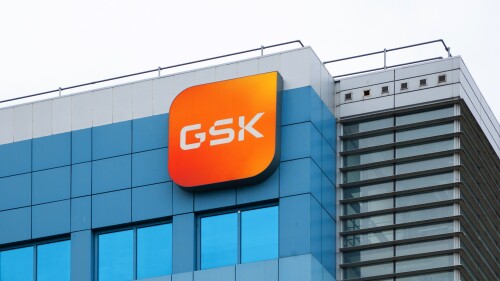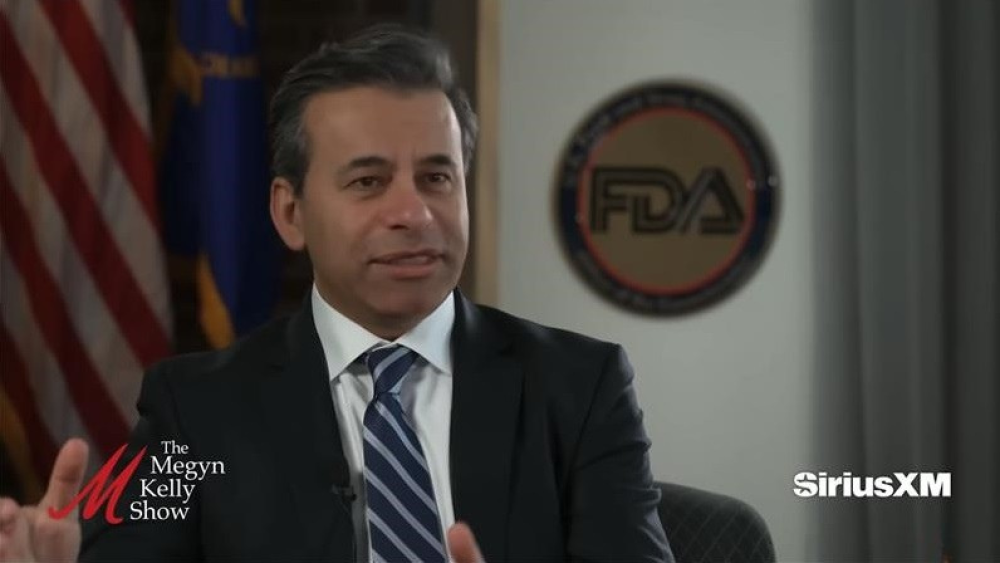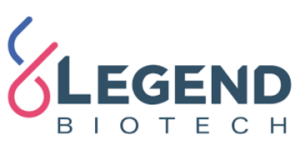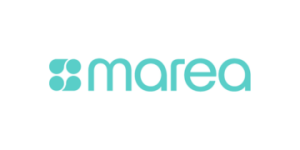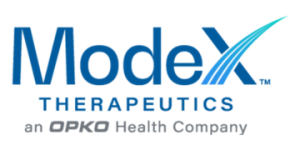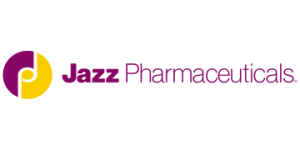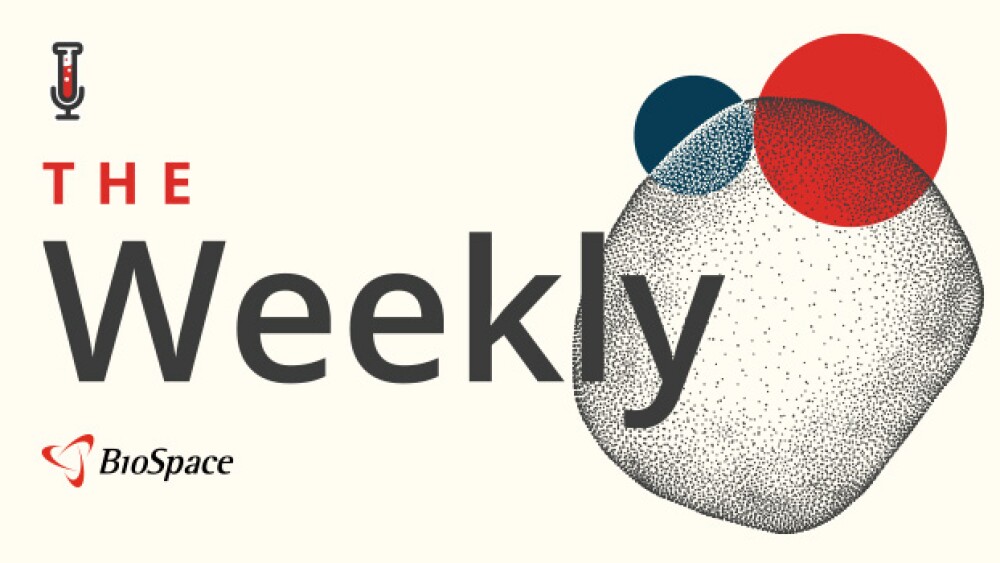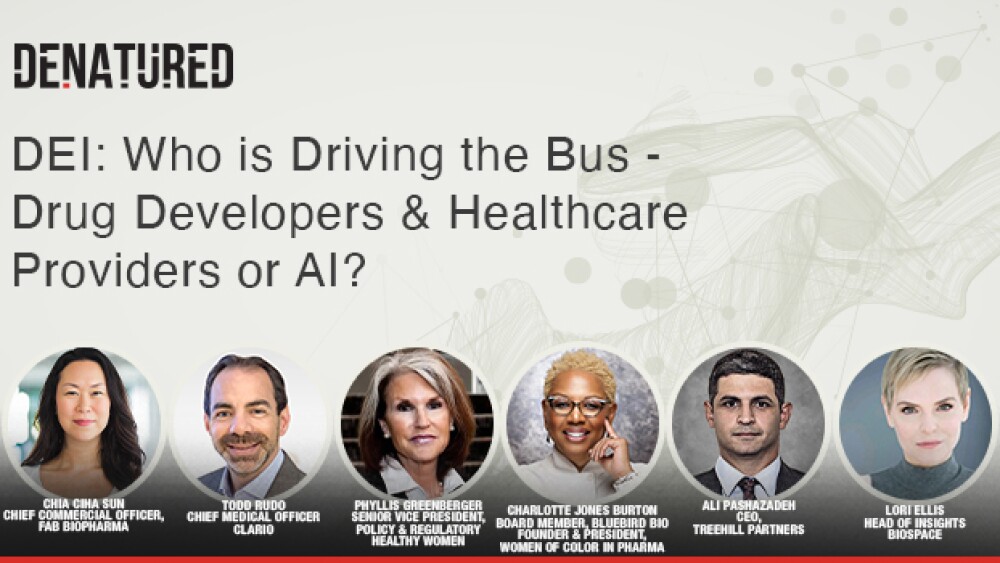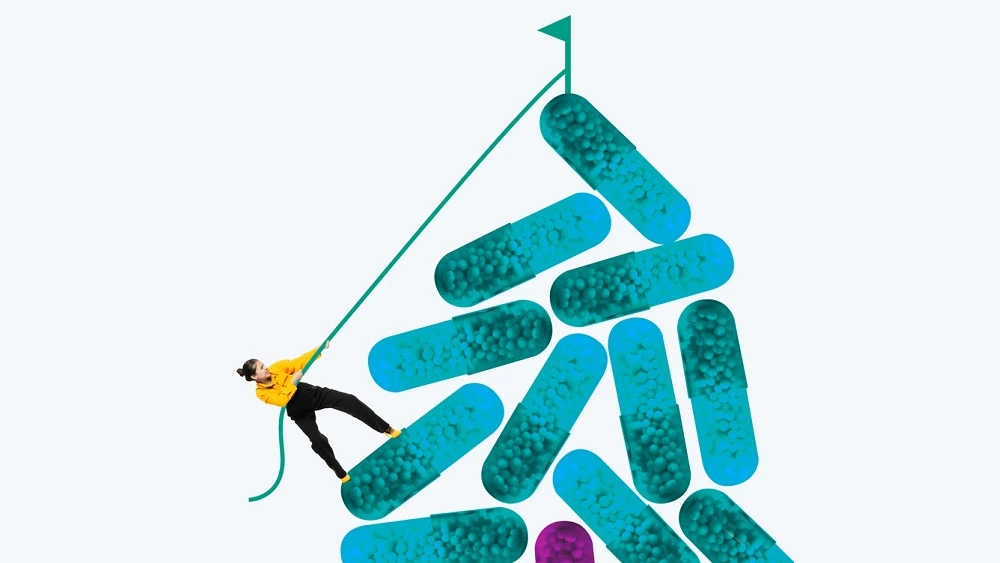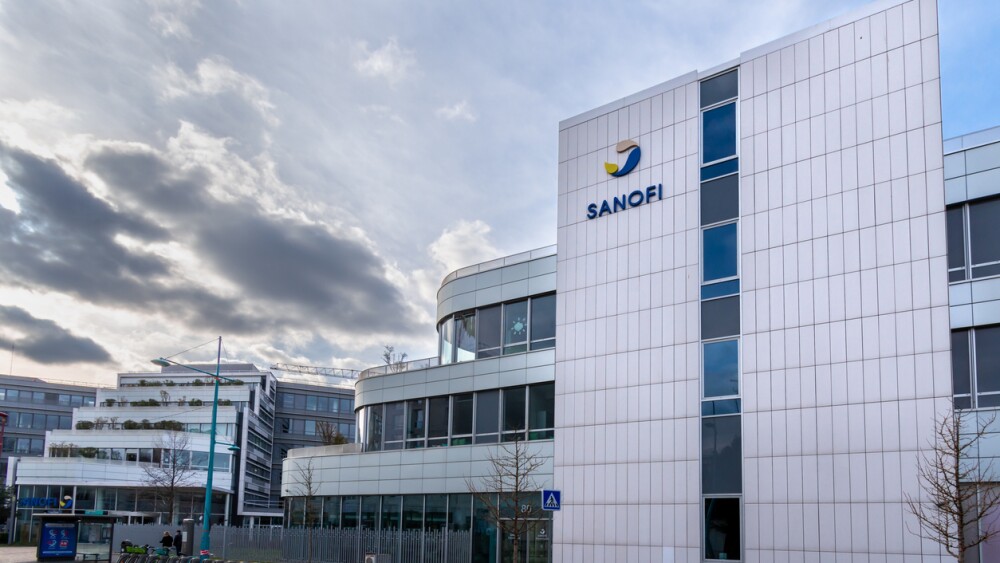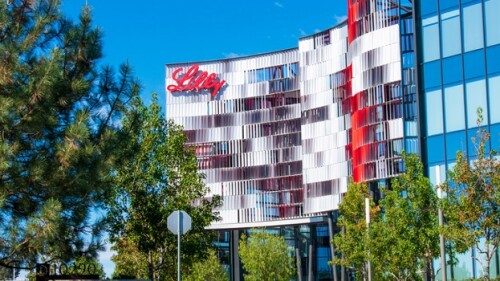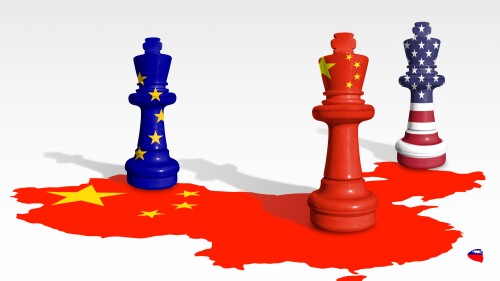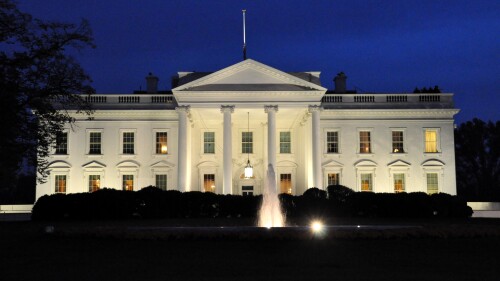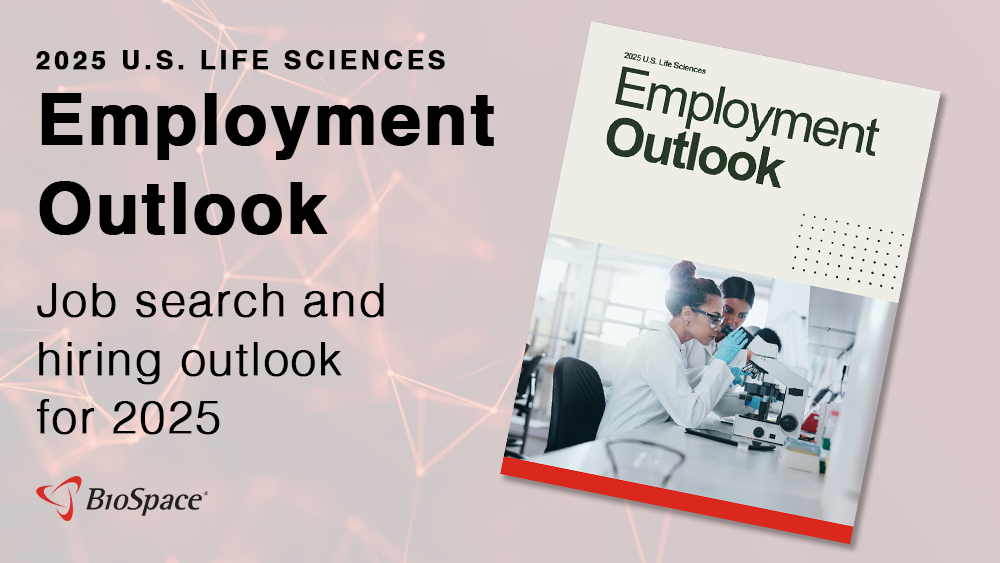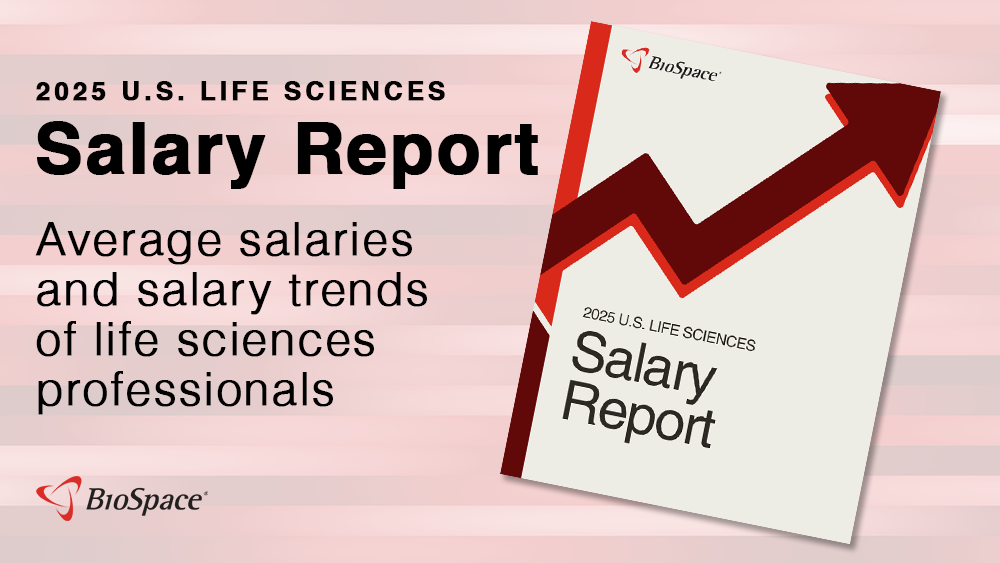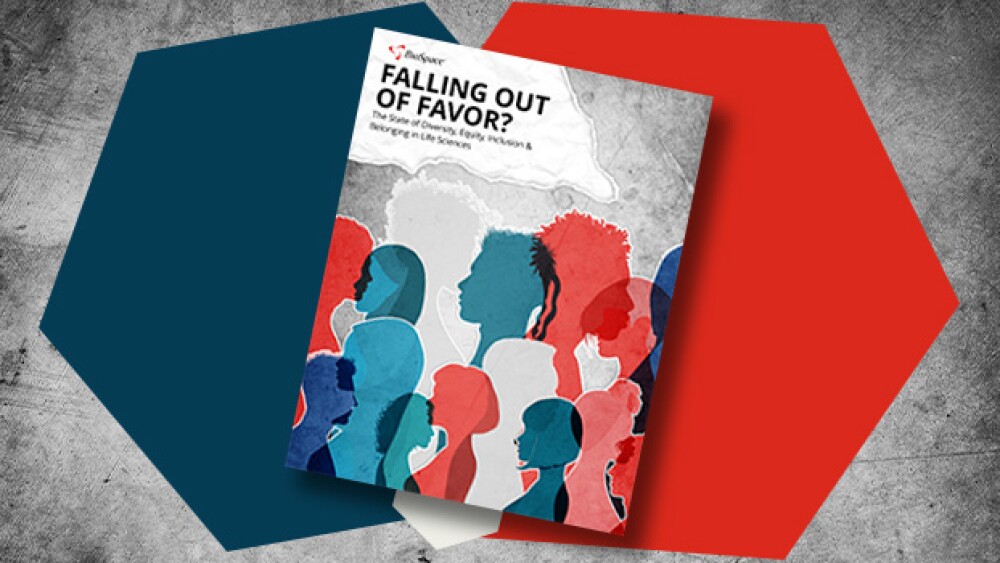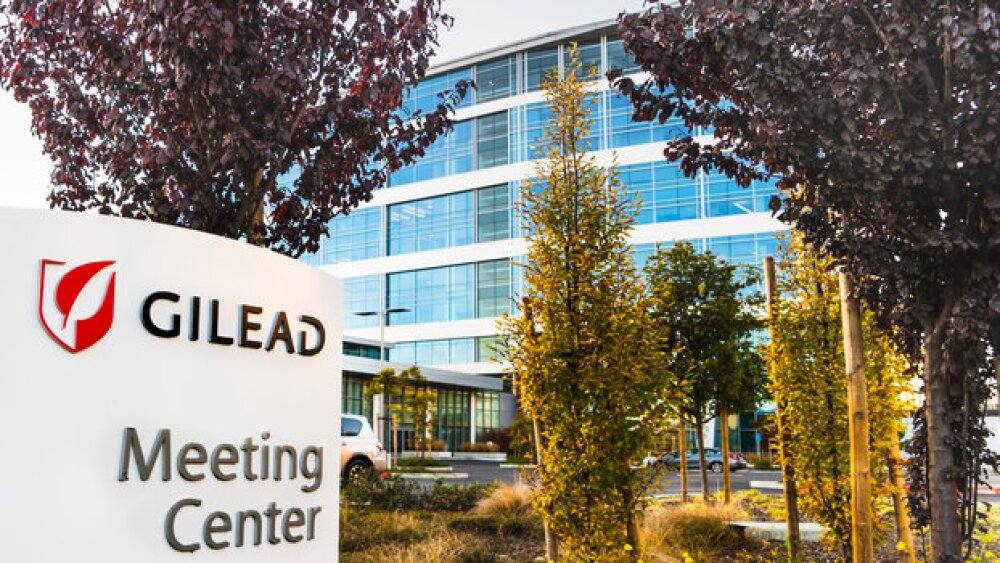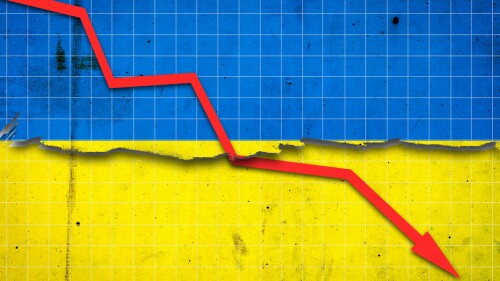The antibody-drug conjugate, withdrawn from the market by GSK in 2022 after failing a confirmatory study, was approved Thursday by the FDA for previously treated patients with multiple myeloma. This is despite a negative advisory committee vote in July.
Viking Therapeutics CEO Brian Lian is watching the growth of interest in MASH and obesity but prepared to go it alone.
Roche has already signed several high-ticket deals this year, including the $3.5 billion acquisition of 89bio and Genentech’s $2.1 billion molecular glue pact with Orionis Biosciences.
In this episode presented by Element Materials Technology, guests Dr. Jihye Jang-Lee and Dr. Khanh Courtney discuss how small biotechs face mounting pressure amid manufacturing uncertainties.
Despite showing no meaningful benefit on lung function, Arcturus’ mRNA therapy ARCT-032 reduced mucus volume in patients with cystic fibrosis—an outcome William Blair found “potentially promising.”
With Avadel under its fold, Alkermes expects to accelerate its expansion into the sleep market, laying the foundation for its late-stage narcolepsy asset alixorexton.
FEATURED STORIES
In a recent interview, FDA Commissioner Marty Makary said there “should be nothing political about the FDA.” Recent actions taken by HHS Secretary Robert F. Kennedy, Jr. and others within the department appear to be at odds with this sentiment.
As tariffs, HHS workforce cuts and the ouster of CBER Director Peter Marks threaten the “lifeblood” of the cell and gene therapy space, experts express wariness over the unknowns and optimism that Marks’ legacy will carry on.
As Marty Makary nears the end of his first month on the job, the FDA Commissioner sat down for two interviews, offering statements that alternatively contradict and jibe with reported events.
Presentations at this year’s American Association for Cancer Research meeting could have a broad impact on the treatment landscape for head and neck and lung cancer, and implications for specific drug modalities like TIGIT and VEGF.
Executives don’t just get paid big bucks to operate a company. Sometimes they get paid millions to walk away.
Biotech was starting to show signs of recovery after years of investor pullback—until new tariffs and economic uncertainty sent fresh shockwaves through an already fragile market.
LATEST PODCASTS
Second-quarter earnings season continues with Big Pharma beating Wall Street expectations, the author of an encrypted email sent to BioSpace has a proposal for Moderna and Merck, Roche and Viking seek quicker entry to the obesity market, and AAIC is in full swing.
Despite early 2024 optimism, BioSpace’s Job Market Trends report outlines a still sluggish situation in the biopharma industry, Novartis and J&J announce Q2 earnings, GLP-1 market leaders expand into China and the Cassava Sciences saga continues.
This is the third episode of Denatured’s discussion on diversity, equity and inclusion. Here, our guests discuss imperatives around access and accountability.
Job Trends
Global biotechnology leader CSL (ASX:CSL; USOTC:CSLLY) and Arcturus Therapeutics (Nasdaq: ARCT) today announce Nature Communications has published results from an integrated phase 1/2/3a/3b study evaluating the safety, immunogenicity, and efficacy of ARCT-154, a novel self-amplifying (sa-mRNA) COVID-19 vaccine and the world’s first approved sa-mRNA COVID-19 vaccine.
Subscribe to GenePool
Subscribe to BioSpace’s flagship publication including top headlines, special editions and life sciences’ most important breaking news
SPECIAL EDITIONS
In this deep dive, BioSpace investigates China’s rise as a biotech powerhouse.
In this deep dive, BioSpace explores the next big thing in obesity.
BioSpace did a deep dive into biopharma female executives who navigated difficult markets to lead their companies to high-value exits.
DEALS
-
Sanofi will sell a 50% controlling stake in consumer healthcare unit Opella to private equity firm CD&R, with the French government taking a stake as well to ensure the business remains in the county.
-
European CDMO Ardena will buy Catalent’s oral solids manufacturing facility in Somerset, N.J.
-
Senator Elizabeth Warren told the Federal Trade Commission that the acquisition of contract manufacturer Catalent could increase Novo’s dominance over the hot GLP-1 market, reducing competition and increasing prices.
-
After four patient deaths, Kezar’s lupus trial is officially on hold, sparking investor Kevin Tang’s interest for acquisition.
-
Big Pharma can’t seem to get enough radiopharmaceutical biotechs. With Lilly, Sanofi and BMS chasing Novartis into the complex space, all eyes are on these specialty biotechs.
WEIGHT LOSS
-
JPM25 is in full swing as several pharma powerhouses—including Merck, Lilly and Amgen—detail their strategies for growth in the coming year.
-
The updated guidance, which was largely driven by lower-than-anticipated sales of GLP-1 blockbusters Mounjaro and Zepbound, sent Eli Lilly’s shares cratering by as much as 8% Tuesday, even as the company forecasted robust 2025 revenue.
-
Biopharma executives were busy Monday, striking high-value deals and providing updates on cancer, obesity and vaccine pipelines.
-
Obesity continues to grab attention at the J.P. Morgan Healthcare Conference in San Francisco, with both Pfizer and Kailera Therapeutics outlining their plans in the space moving forward.
-
Metsera will use its IPO proceeds to fund the Phase III development of its injectable, ultra-long-acting GLP-1 therapy MET-097i, which last week achieved 11.3% weight loss in a Phase IIa study.
POLICY
-
Policy uncertainties are impacting biopharma dealmaking from continent to continent, with companies being asked to walk a tightrope on their relations with China.
-
Nevertheless, Albert Bourla has been lobbying the U.S. government—as high as President Donald Trump himself—to skip the pharmaceutical industry tariffs, which Trump has threatened, in part as a way to shore up U.S. national security.
-
While Vaxart can proceed with its study, fellow COVID-19 vaccine developers GeoVax and Novavax continue to be hamstrung by various regulatory roadblocks.
-
Merck, Bristol Myers Squibb, Sanofi and Roche had little clarity on the potential impact of President Donald Trump’s pharmaceutical tariffs but many companies are already preparing for what’s to come.
-
The so-called ‘Most Favored Nations’ rule would set drug pricing for Medicare in line with the prices paid by other nations, where drugs can be much cheaper.
Your CV can be the ticket that lands you your dream job - as long as you focus on making sure that it’s well-written with the help of these CV writing tips.
Differing skillsets mean that extroverts and introverts will usually approach the same job differently. Here is how each of them do it.
If you’ve been getting the itch to job search but you aren’t sure if you should, here are some reasons to possibly leave a job that might help you decide if you should stay or if you should go.
Everyone wants a positive work environment but how do you find one? This article will provide you with deep insights into how you can find a company that you dream of.
You can follow these job hunting tips to optimize your job search and prefer finding the jobs that you want and not any irrelevant ones. Here’s how to do it.
Since almost every job market has become more competitive, you need to start improving your skills. Here are a few tips that can help you in skill development.
HOTBEDS
REPORTS
In this Employment Outlook report, BioSpace explores current workforce sentiment, job activity trends and the prospective job and hiring outlook for 2025, particularly as it compares to the previous year.
BioSpace’s third report on diversity, equity, inclusion and belonging in life sciences examines dramatic shifts in attitude around diversity initiatives.
CANCER
-
The news comes on the heels of promising Phase I/Ib data, which point to the potential of casdatifan as a more effective alternative to Merck’s Welireg in renal cell carcinoma.
-
Exelixis’ next-generation tyrosine kinase inhibitor zanzalintinib is being tested for colorectal cancer, renal cell carcinoma and head-and-neck cancer, with several readouts slated for the second half of 2025.
-
Merck’s Keytruda may be the most talked about drug facing loss of exclusivity but it’s far from the only one, as several of the industry’s top-performers are losing key market protections. Some companies are more prepared than others.
-
Casdatifan’s progression-free survival benefits could help differentiate it from Merck’s Welireg in the kidney cancer arena, according to analysts at Truist Securities.
-
Ono picked up Romvimza—previously known by its active ingredient vimseltinib—from its $2.4 billion acquisition of Deciphera Pharmaceuticals in April 2024.
NEUROSCIENCE
-
Biogen’s effort to buy Sage reveals its “desire to expand its pipeline at a discount,” according to analysts from BMO Capital Markets.
-
As the year gets underway, analysts and biotech executives highlight cell therapy’s pivot from oncology to autoimmune diseases, a continued appetite for next-generation obesity drugs and an increased focus on neuromuscular, kidney and cardiovascular diseases.
-
Boehringer Ingelheim’s trio of late-stage schizophrenia failures on Thursday came a day after the Department of Health and Human Services hit back on the pharma’s legal challenge to the IRA’s drug price negotiation program.
-
AbbVie and Gilead are going back to their roots and leaning on their established areas of expertise to set themselves up for sustainable success in 2025.
-
Amidst a “renaissance” of interest in neuropsychiatry, Seaport’s executive team is taking nothing for granted.
CELL AND GENE THERAPY
-
Novartis’ up to $1.1 billion acquisition of gene therapy specialist Kate Therapeutics fits with the pharma’s plan to expand its new modality pipeline to ensure long-term business sustainability.
-
Investigational CAR T therapies stole the spotlight at the American College of Rheumatology Convergence as data presented by Bristol Myers Squibb, Kyverna Therapeutics and more highlighted their potential to effectively treat lupus.
-
After failing to receive the RMAT designation from the FDA for its early-stage Batten disease gene therapy, Neurogene tells investors that it’s evaluating options for the program.
-
Regenxbio is pushing its Duchenne muscular dystrophy gene therapy into pivotal development, with a BLA planned for 2026—potentially posing a threat to Sarepta’s Elevidys.
-
Neurogene’s shares fell by 36% as the market opened Monday morning following news that a patient experienced systemic hyperinflammatory syndrome in a Phase I/II clinical trial of Rett syndrome gene therapy NGN-401.




